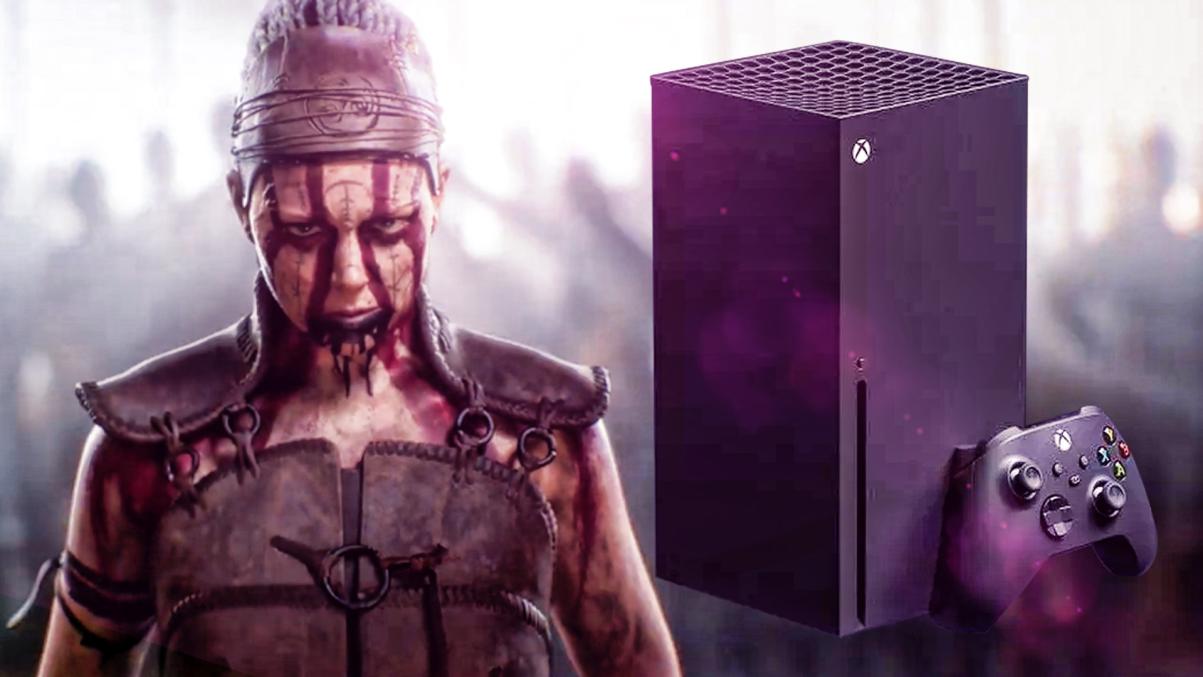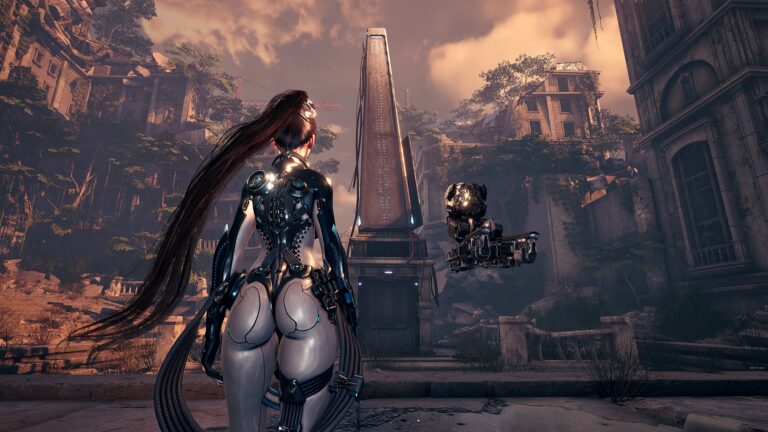The Xbox Series X made its debut at The Game Awards 2019, and after discussing everything known about the console, it’s also worth noting what the official name given to Microsoft’s next-generation system implies about the Xbox family’s future. While the console’s specs are impressive, more powerful than its precursory Xbox One X (2017), the implications of the name include everything from potential upcoming kindred devices to the future of the simple naming convention.
https://youtu.be/02lh4UIp54M
Potential Upcoming Devices
Xbox Game Studios has already announced a less powerful version of the Xbox Series X is in the works, primarily marketed towards fans on a lower budget than those splurging for the Xbox Series X but would still like to experience the next generation. However, “Xbox Series X” implies, in a not so subtle manner, that the console will be a part of a sequence of devices.
Since the days of the Xbox 360, console cycles have extended with each release of updated, more advanced versions of the original system. The Xbox 360 had the Xbox 360 S and E while the Xbox One had the Xbox One S and X. Thus, it has become common practice to offer enhanced iterations of a console generation, and the ‘series’ portion of the Xbox Series X highlights this practice, implying fans could—and most likely will—one day see an addition to the series, such as the Xbox Series X-2 (like FINAL FANTASY X-2) or Xbox Series Y, et cetera.
With Xbox Game Studios gearing up to compete with the likes of Sony’s PlayStation 5 in terms of better hardware—and the Nintendo Switch in terms of portability with the innovation, experimentation, and implementation of services like Project xCloud—the foundation has been laid for XGS to develop a handheld Xbox. This handheld device could be titled a different series, such as Xbox Series H (for… Handheld), and while this possibility is improbable, it’s not impossible.
Simple Naming Convention
The Xbox Series X’s naming convention is simple, opening the door for future generations to tack on another letter, or take the next relatively logical step. For example, five-to-ten years from the release of the Xbox Series X might see the dawn of the Xbox Series Y (like above, but a new generation as opposed to an enhanced iteration of the console releasing in Holiday 2020). From there, Microsoft may launch the Xbox Series Z (and then at the beginning of the alphabet when Xbox Game Studios realizes starting with ‘X’ for the sake of branding kind of hurt them in the room for maneuvering department).
Those who look back on the history of the Xbox brand will be able to differentiate between each generation through their letter rather than their number. Streamlining the naming convention allows Xbox Game Studios to simplify their console titles each year, taking the difficulty of coming up with a unique alias out of play. No more struggling to decide what comes after the Xbox 360, or the Xbox One. In the future, the series could identify the generation, much like the conventions used by NVIDIA with their modern graphics cards (GTX vs. RTX).
Architectural Implications
Consoles have traditionally been watered-down versions of PCs, with their architecture reflecting this reality. Every Xbox has been a four-cornered (square or rectangular) machine, holding true to the “box” portion of the devices’ names. However, a downside of owning a console has always been the inability to switch out the hardware on the inside due to the limited internal space and the audacious risk of voiding the manufacturer’s warranty.
Thus, to upgrade a console, one usually has to buy a whole new machine, whether it’s the updated version of the current generation or the next-gen system—this is where PC elitists tend to stake their claims of superiority, as they can upgrade their machines one component at a time without the hassle of purchasing another giant.
However, the Xbox Series X’s aesthetic lends itself more to a PC than a console—a sort of hybrid device in appearance. While it’s unlikely that fans will be able to switch out individual internal components, the system’s design does offer a potential glimpse of the future, where gamers can upgrade internal hardware piece-by-piece and create a new way to keep the system updated.
Unfortunately, this would undercut the value of owning a console altogether, as such an ability would cause fans to wonder why they didn’t acquire a gaming PC instead. The only arguments for owning a console at that point would be to maintain the ability to play titles that are released as exclusives for the system, stay connected with that brand’s community, engage in couch co-op, or to have a device that’s easier to transport and hook up than a desktop.
Further stretching the idea of the Xbox Series X’s PC aesthetic indicating the potential of being able to upgrade consoles’ internal hardware in the future, this same possibility lends credence to the feasibility of cross-play between PC and Xbox being an inherent feature of Microsoft’s beloved consoles. Given Microsoft—and their subsidiary Xbox Game Studios—designs the operating system for both PC and Xbox, inching their console closer to a PC’s capabilities makes the implementation of cross-play between future Xboxes and PCs credible.
The Xbox One is already compatible with a mouse and keyboard. Thus, hypothesizing that a keyboard and mouse (alongside the Xbox Controller) could be stock accessories that ship with future consoles is not unreasonable. With Xbox Game Studios already experimenting with the likes of Xbox Play Anywhere, easing console gamers into the transition of playing with a keyboard and mouse to better get them acquainted with potential Xbox-PC cross-play is a justifiable conclusion.
Overwhelming Potential
Xbox Game Studios has upped its game in recent years, looking to regain lost ground after the Xbox One’s failure to launch enough first-party titles. With Sony’s loyal fan base being monolithic and the Nintendo Switch’s convenience factor, the Xbox Series X needs something to set it apart from its two primary competitors. Thus, having more first-party titles and increasing the amount of unique features, Microsoft’s upcoming console could be the diamond in the rough necessary to get the company back in the game.
The console’s hardware is impressive, and its returning central focus on gaming is a reprieve from the disaster created by the original Xbox One. However, it’s the Xbox Series X’s name that deserves recognition, as it sets the stage for an abundance of potential futures, providing insight as to what its upgraded iterations could be, the possibility of a handheld Xbox device beyond the bounds of Project xCloud, features that may one day be implemented from the day of inception, and the general tone of console gaming’s evolution.
While there will always be an unnecessary divide between console and PC gamers, that gap is becoming narrower over time. With Microsoft at the forefront of PC gaming given their Windows operating system, further enhancing the synergy between PC and Xbox would be an easy step for the company.
Xbox Play Anywhere is a popular feature, giving gamers the ability to play certain games on either PC or Xbox One without having to pay for them multiple times. That feature could be enhanced to be inherent with every game released for future Xbox generations (provided games developers write the proper code to allow for that after working it out with Xbox Game Studios), and Xbox Series X is a name that implies overwhelming potential for the brand’s future possibilities.
No related posts.






